Visiting the desert of La Guajira in Colombia is a once in a lifetime adventure, but I’ll just say it up front: it’s not for the faint of heart.
But if you’re a fan of desert sunsets, of rugged terrain and untouched landscapes and don’t mind a few hours in a bumpy bus, La Guajira is the perfect adventure. It’s the hidden gem of the Colombian coast, a place rarely visited by tourists yet home to some of the most extraordinary stories in the country.
So if you’re interested in taking a journey up to Colombia’s northernmost department, I’ve written this guide to break down everything you need to know – from recommended tours to how to visit independently (if you so choose!) From safety concerns to cultural norms to can’t-miss stops along the way, this guide breaks down everything you need to know.
I visited La Guajira independently in the spring of 2024 as part of my 32 Departments of Colombia project, and it remains to be one of my favorite hidden gems in Colombia.
This site uses affiliate links to share products that I use and love! If you click on one of the links I may receive a small commission at no additional cost to you. This helps keep my site up and running — thank you!
Colombia Quick Links
✈️ Flights – Use Kiwi.com or WayAway to find the cheapest and fastest flights to Colombia
🛏️ Accommodation – Find the best places to stay throughout Colombia on Booking.com
✅ Get Insured – I personally use Safety Wing Nomad Insurance for my travels all around the world! VisitorsCoverage is another great option.
🚗 Rent a Car – Find the best deals for a Georgia road trip on RentalCars.com
🗺️ Find Things to Do – Check out Get Your Guide or Viator for exciting adventures all around Georgia
☎ Buy a Sim – Airalo offers eSIMS for over 200 countries and regions
Have more time to spend in Colombia? Check out my full 3-week itinerary!
What to Know Before a Trip to La Guajira
If you do decide to take a trip to the La Guajira desert, it’s important to understand the cultural and socioeconomic realities of the region, both past and present. Here are a few things to note before traveling to the area.
The Wayuu People
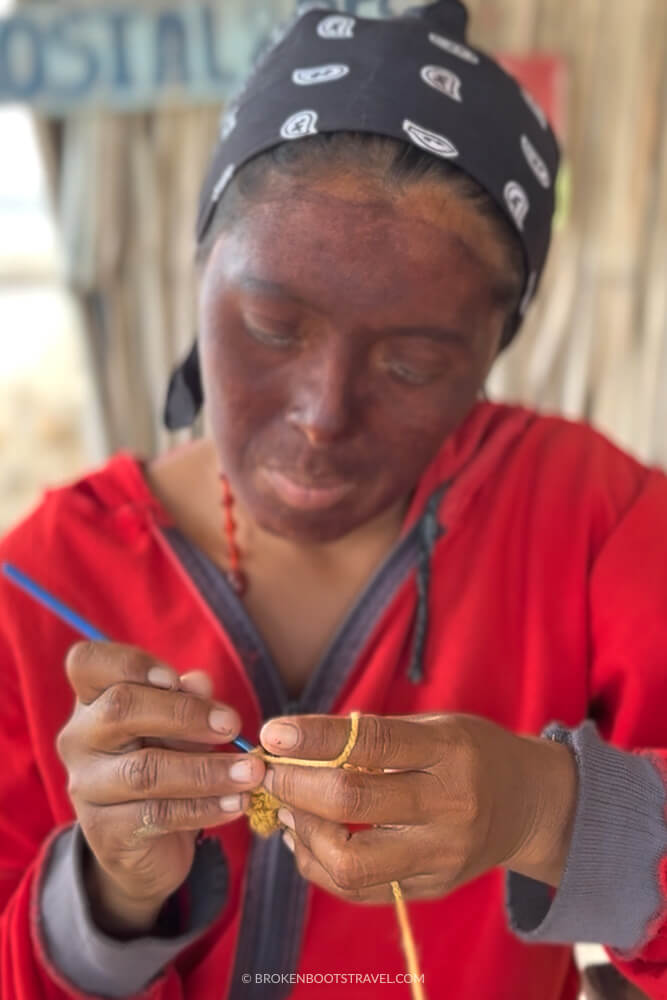
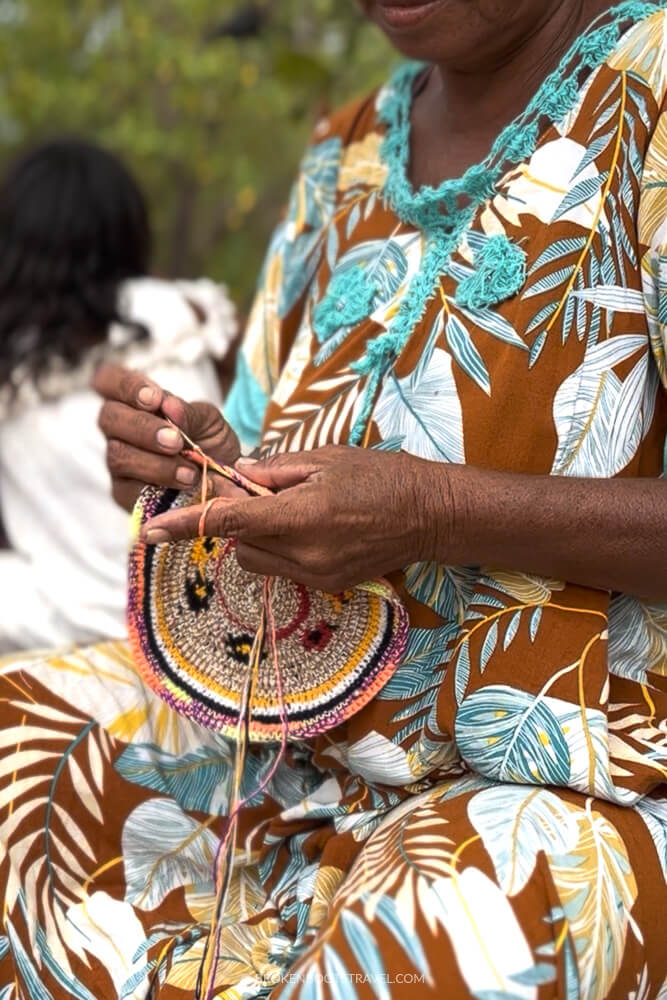
La Guajira is the indigenous homeland of the Wayuu people, a group recognized throughout Colombia for their intricate, colorful woven bags. The traditions of the Wayuu have remained relatively untouched due to the arid landscapes of the region – in fact, they are one of the only indigenous groups in the country not to be fully evangelized by the Spanish.
The Wayuu maintain many traditional ways of life, living in rancherias, or groups of ranches, dispersed throughout the region. They are a matriarchal society, with land rites and family traditions passed down through the women. They maintain a number of traditions practiced to this day, everything from food, dances, and spirituality.
Gaining a better understanding of these traditions can be one of the major appeals of visiting this region. Many tours offer opportunities to connect with the local people, but remember to always treat people with respect and be aware of cultural expectations during all interactions.
Want to learn more about the indigenous people on the Colombian coast? Consider a trek to the Lost City, a sacred site of the Precolumbian Tayrona people!
Safety in La Guajira
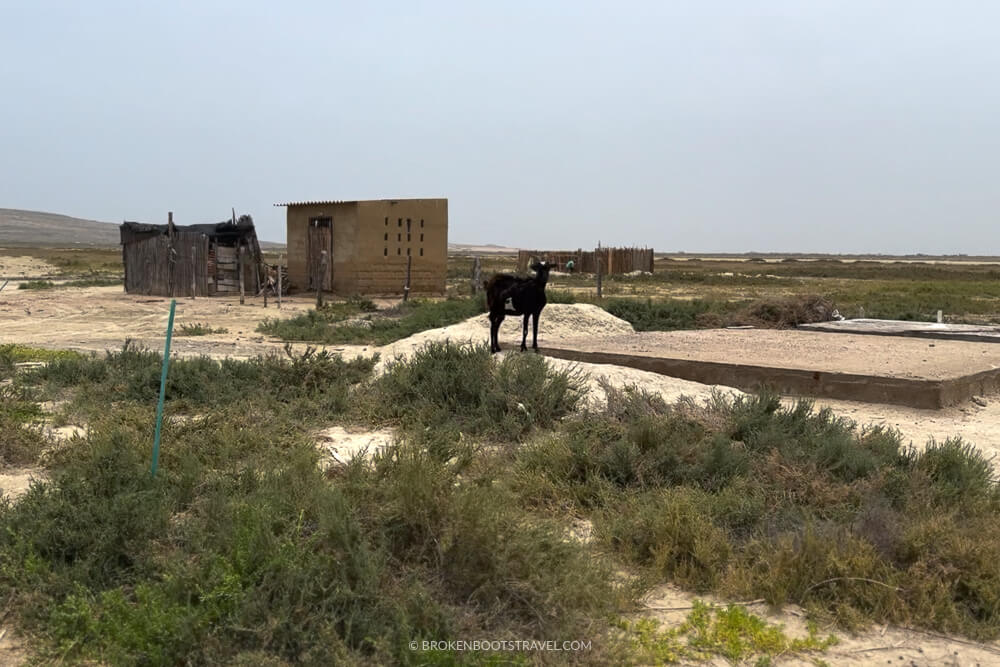
One of the major concerns I hear regarding visiting La Guajira is surrounding safety. As one of the poorest departments in Colombia, it is certainly true that infrastructure, tourist and otherwise, is not as well developed in the region as others. For this reason, roads are not as well maintained, and trash disposal is a big issue.
Roadblocks are another major concern while traveling in La Guajira. These are generally a rope or chain held across the road, often by children, who ask for a snack or water in order to pass through. If you’re traveling in a guided tour or on public transportation the drivers usually know how to handle these roadblocks, but many advise bringing along small bags of water or snacks to give out in order to pass.
Overall, you are generally quite safe if traveling through La Guajira on a guided tour, as tour operators know how to handle any situations you might encounter. If traveling independently, I recommend traveling with others if possible, and sticking to public transportation. As is true throughout Colombia, always leave some money at home and don’t “dar papaya” – aka make yourself a target!
Food + Amenities
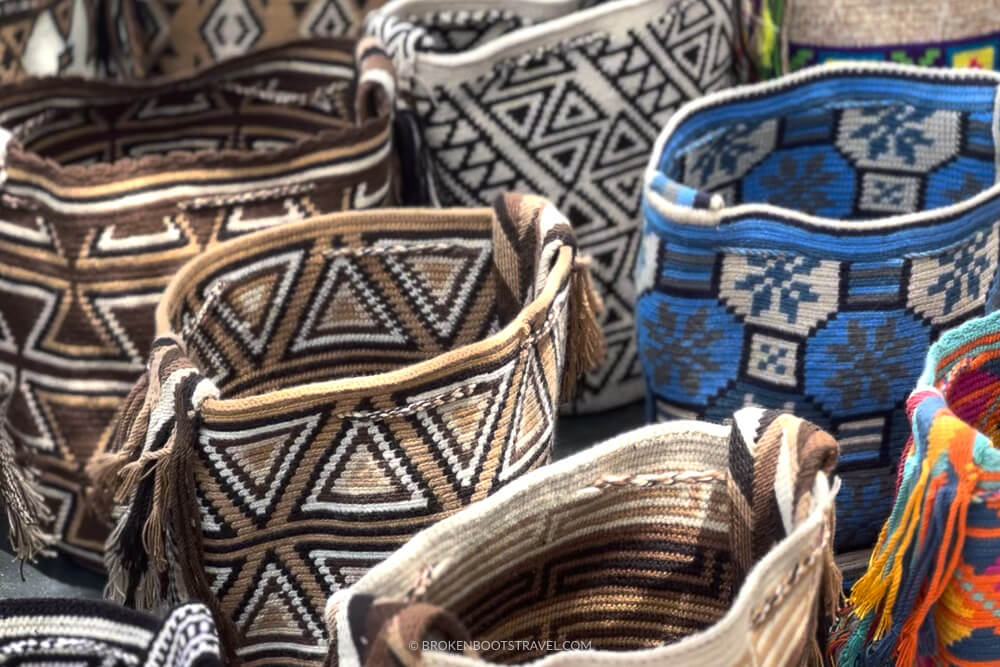
Due to its relative isolation and arid conditions, food, safe drinking water, and medical supplies can be limited throughout La Guajira. This also means that food and amenities are available at much higher prices as they have to be imported along the desert roads. This is only more true as you travel further north to more isolated points like Punta Gallinas or Macuira.
Water is an especially important resource in the desert climate, so I highly recommend stocking up on water before heading into the deserts of La Guajira, as the tap water is not drinkable and bottled water can be extremely expensive. It can also be useful to buy some non-perishable food items before your trip, especially snacks.
Medical supplies and facilities are not easy to come by, and are mainly located in the capital city of Riohacha. Please keep this in mind if you have an outstanding medical condition and make sure you have sufficient medical supplies on hand for the duration of your trip to La Guajira.
Visit La Guajira with a Tour or on Your Own?
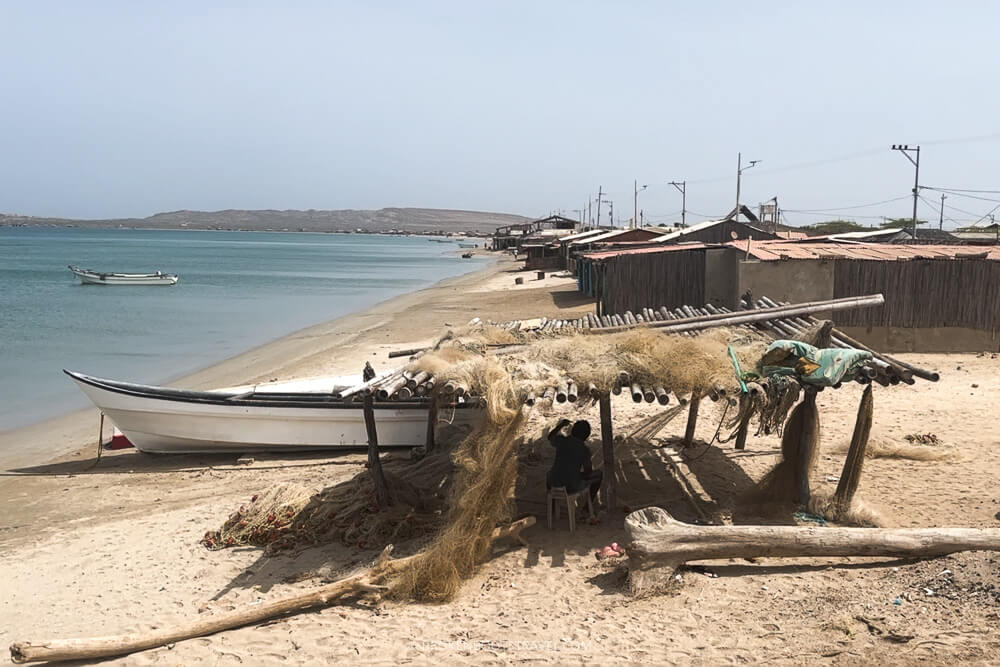
One of the first decisions you need to make when deciding to visit La Guajira is whether to go on an organized tour or try to visit independently.
While I’m usually a more do-it-yourself type when it comes to travel, the tourist infrastructure in La Guajira is still relatively underdeveloped, and this is one instance where I generally recommend guided tours. I found that many guided tours were not much different in price than what I ended up spending by traveling independently, as well as provided an extra level of safety and security by traveling with an experienced guide.
However, if you’re looking to save a little cash, or want to spend a little more time in each location, it is possible to travel to the major sites in La Guajira without a guided tour. Later in this article, I’ll share more about my process of visiting without a tour, but please consider what is best for you and your travel style before deciding whether to visit independently.
One reason to travel without a tour would be for those wishing to do kitesurfing in Cabo de La Vela. If you’re interested in spending some time in Cabo, I recommend reading my guide to Cabo de la Vela, which includes information on how to get there with public transportation.
Recommended Tours of La Guajira
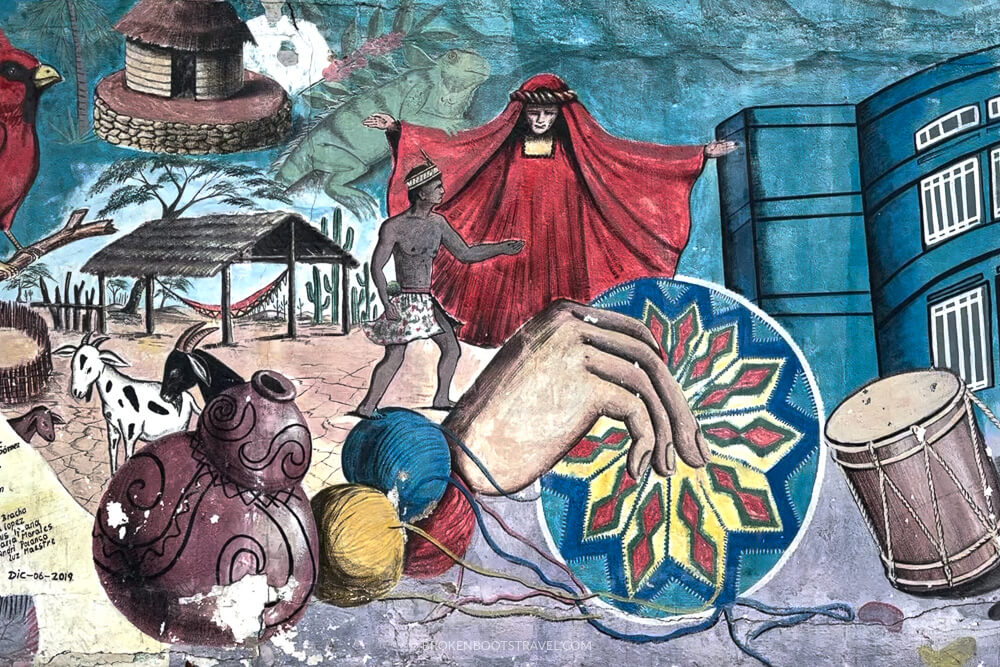
There are tons of tour operators that offer trips through La Guajira, ranging from as short as 1 night to weeklong stays! If you have the time and budget, I highly recommend staying at least 3 days, 2 nights in La Guajira in order to visit the main spots and get a feel for the culture and stories of the region.
Most tours begin and end in Riohacha, the capital city of La Guajira, however many tour operators will also offer pickup from Palomino, a nearby beach town on the border of La Guajira and the department of Magdalena.
Here are some of my top tour agency recommendations for visiting La Guajira:
- Colibrí Viajes – Colibrí Viajes offers customized multi-day tours to Cabo de la Vela and Punta Gallinas, as well as day trips from Riohacha to some of La Guajira’s most notable sites. It’s also run by Deivi – the son of my wonderful Airbnb hosts in Riohacha, who run Casa Colibrí, my favorite place I’ve ever stayed!
- Guajira Tours – Offering a wide variety of unique tours around sites in La Guajira, Guajira Tours also pays special attention to sharing the diversity and complexity of the indigenous culture of the region.
- Magic Tour Colombia – My tour operator for the nearby Lost City Trek, Magic Tour Colombia is one of the most reliable operators in the region, operating tours in both English and Spanish.
Sites of Interest in La Guajira
La Guajira is a vast and diverse department, located in the north of Colombia. It’s actually home to the northernmost point in all of South America, but we’ll get to that in a second!
There’s plenty to see in the department, from lazy beach towns to towering dunes. It’s a great place to add to your Colombian coastal itinerary if you’ve got a little extra time and are looking for an adventure!
Most travelers will begin in the capital city of Riohacha, and continue northwards through the desert landscapes of La Guajira. Here are a few points of interest along the way – make sure to confirm with your tour operator what sites are included in their package.
Interested in cultural traditions in Colombia? Check out this in-depth guide to Christmas around the country!
Salinas de Manaure
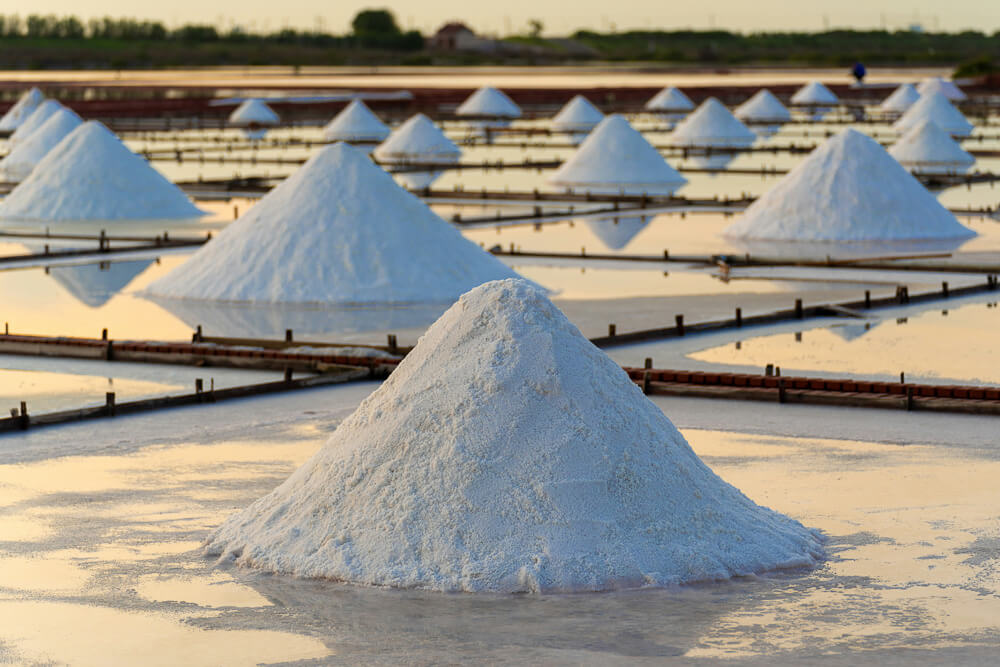
Las Salinas de Manaure are located just outside of Riohacha, making them a great day trip from the city or first stop along a multi-day trip through the region. These salt flats are home to towers of the mineral alongside shallow pools, which act like mirrors reflecting the sky. It’s a truly unique landscape and an interesting place to learn more about the salt-making process, one of the major exports of the region.
Santuario de Fauna y Flora Los Flamencos
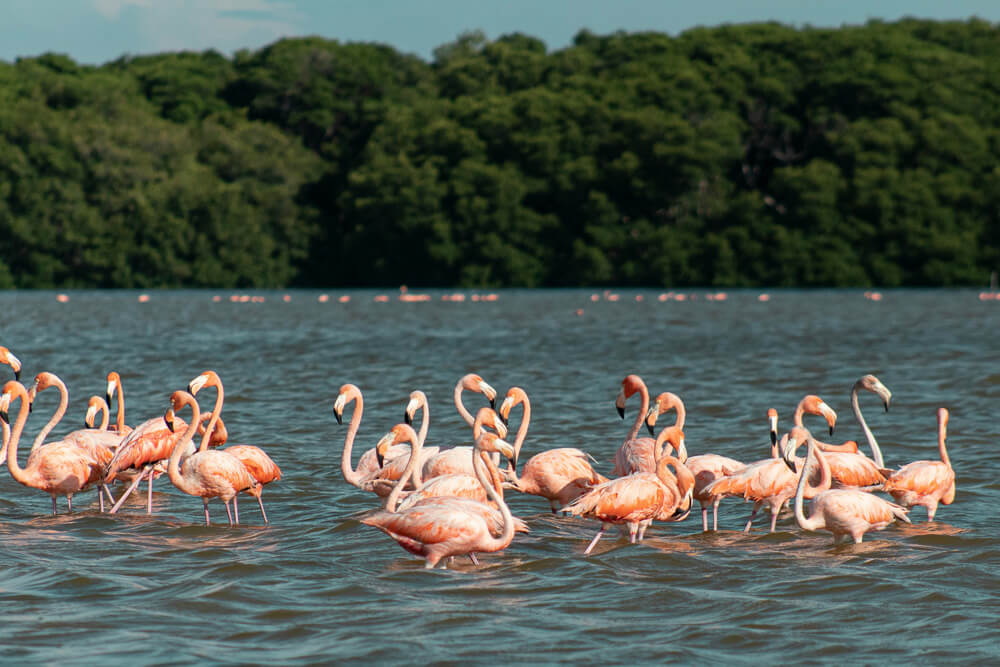
The nature preserve of Los Flamencos is located right outside of Riohacha and represents the best of the unique coastal landscapes – from winding mangroves to coastal lagoons. It’s also home to a large population of migratory flamingos, who spot the water with their colorful feathers. Visit early to beat and heat and spend a morning exploring the paths around the park.
Cabo de la Vela
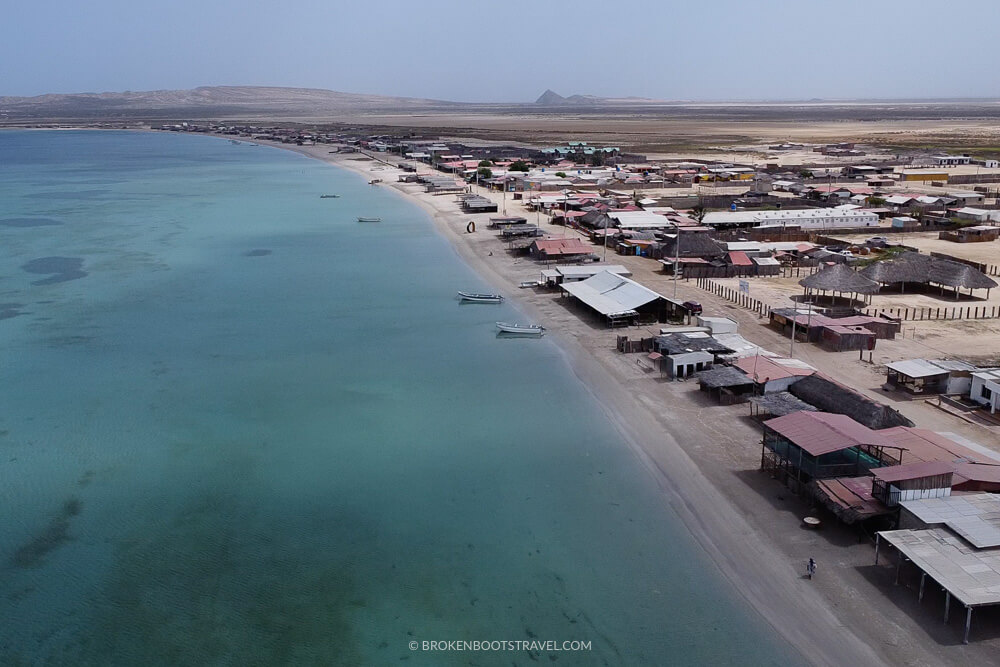
This town is the starting point for many making their way up the La Guajira peninsula, a lazy beach town known for some of the best kite-surfing in the world. There are plenty of sites to see around the area – from the towering rock formations and beach of El Pilón de Azucar to watching the sunset from El Faro, or the lighthouse. As the indigenous homeland of the Uriana clan, the area is also home to a number of traditional rancherias, such as Rancheria Utta (also offering accommodation)
Dunas de Taroa
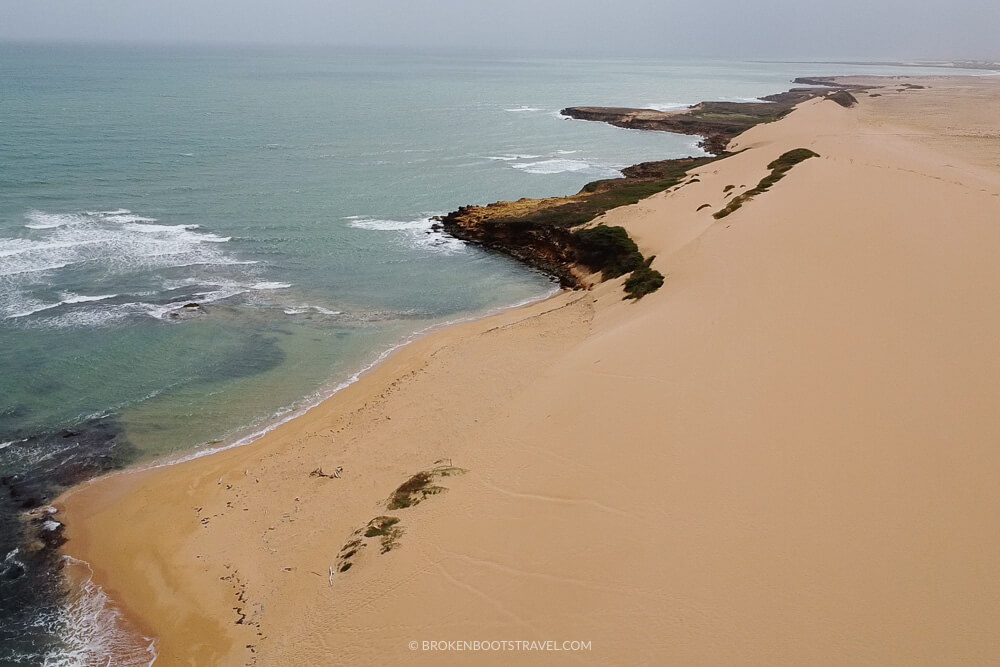
These towering dunes look more like something out of Aladdin than what you might expect in Colombia, but Las Dunas de Taroa are one of the most unique natural features in the country. Located on the route to Punta Gallinas, these towering dunes lead right into the Caribbean Sea, so you can swim at the bottom if you have the strength to trek back up!
Punta Gallinas
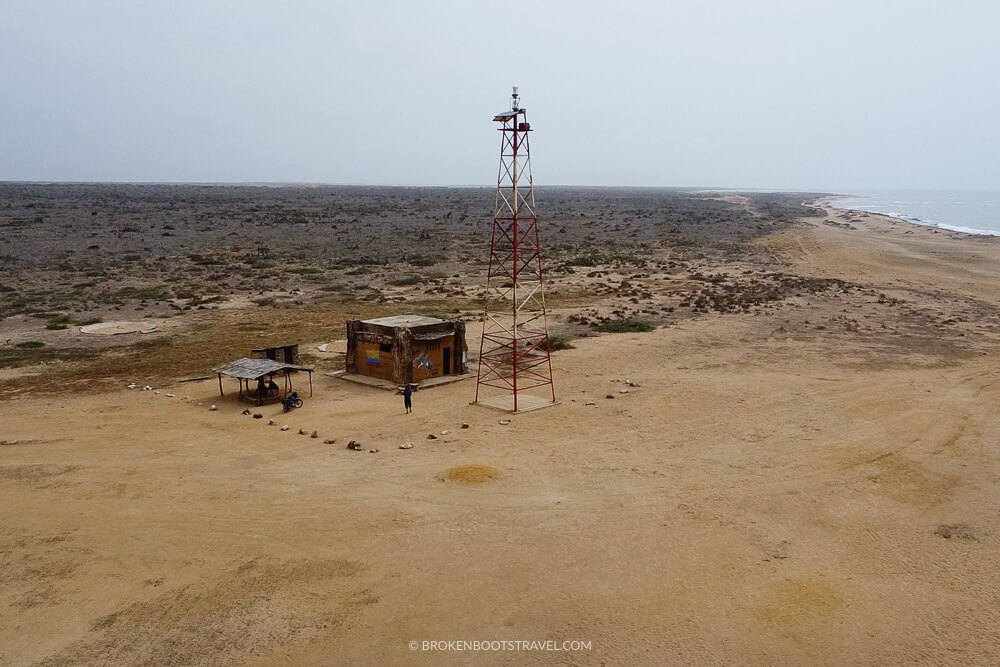
The northernmost point of La Guajira, as well as South America, Punta Gallinas is marked by a lighthouse on a beautiful rocky beach. There’s also a structure nearby, marking the northernmost point with a mural of the location, which makes for a great photo op. There’s a reason it’s my favorite thing to do in the department of La Guajira, and a must-see on any trip into the desert.
Macuira National Nature Park
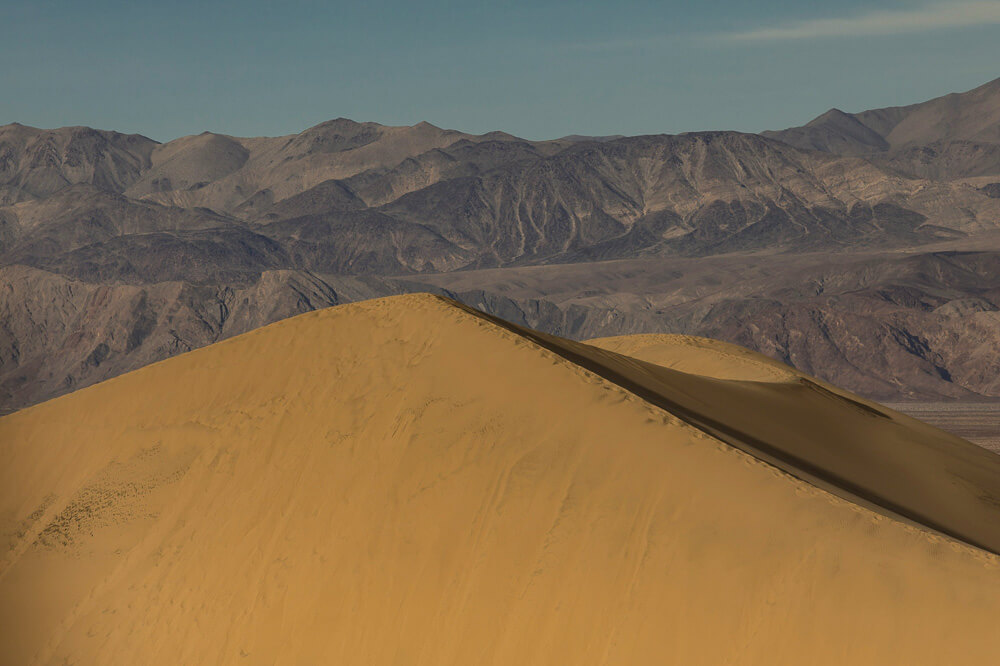
This natural park located deep in the La Guajira peninsula is a unique mix of landscapes – tropical forests and deserts to be exact! The unique landscape comes from the fact that it is located on a mountain range, meaning you get lush, mountainous environments mixed with the arid landscapes of the region. It’s also still relatively off the tourist track, so while it takes some extra effort to visit, is a rare opportunity to learn more about Wayuu culture and traditions.
BONUS: Palomino
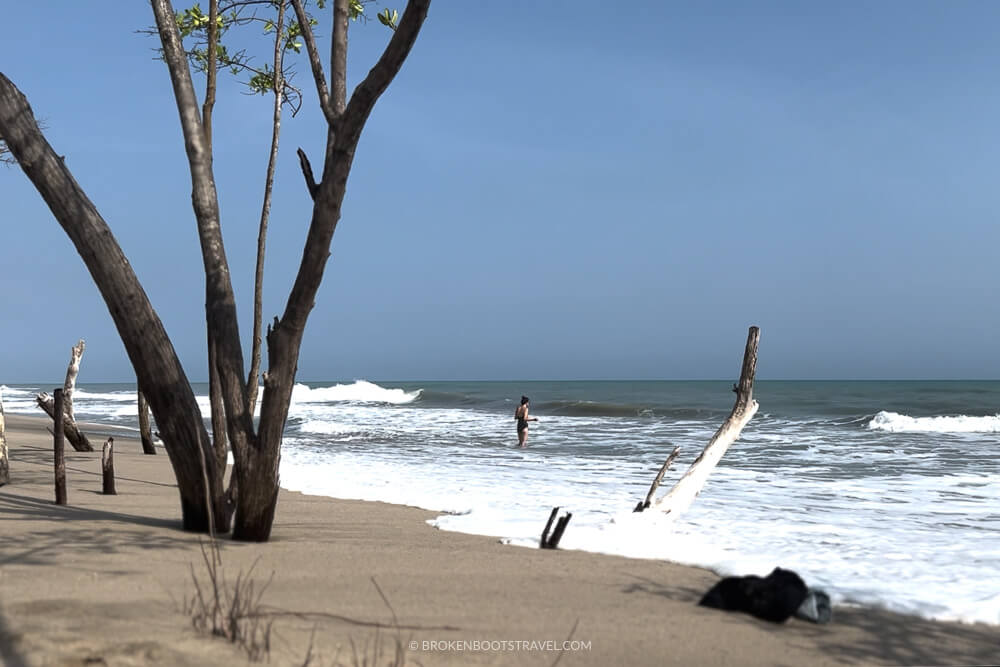
Located south of the capital of Riohacha, Palomino is a laid-back, hippy town believed by locals and visitors alike. While perhaps better visited from the nearby city of Santa Marta, due to its location right along the La Guajira/Magdalena border, it’s a great place to start or end a trip in La Guajira. Tube down the Palomino river, relax on the beach, or dance the night away at the drum circle!
How to Visit La Guajira Without a Tour
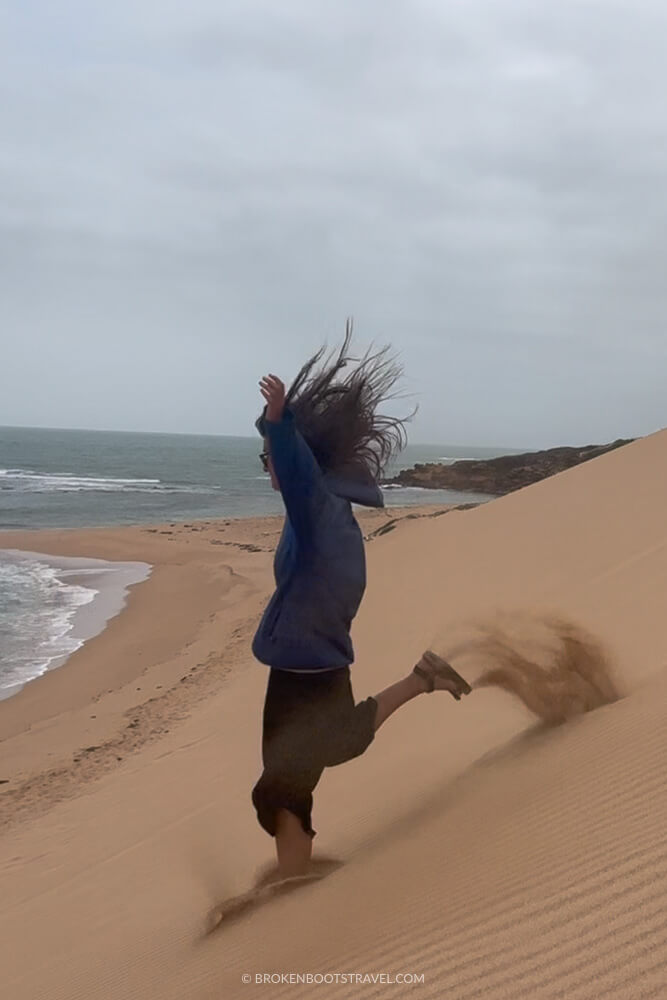
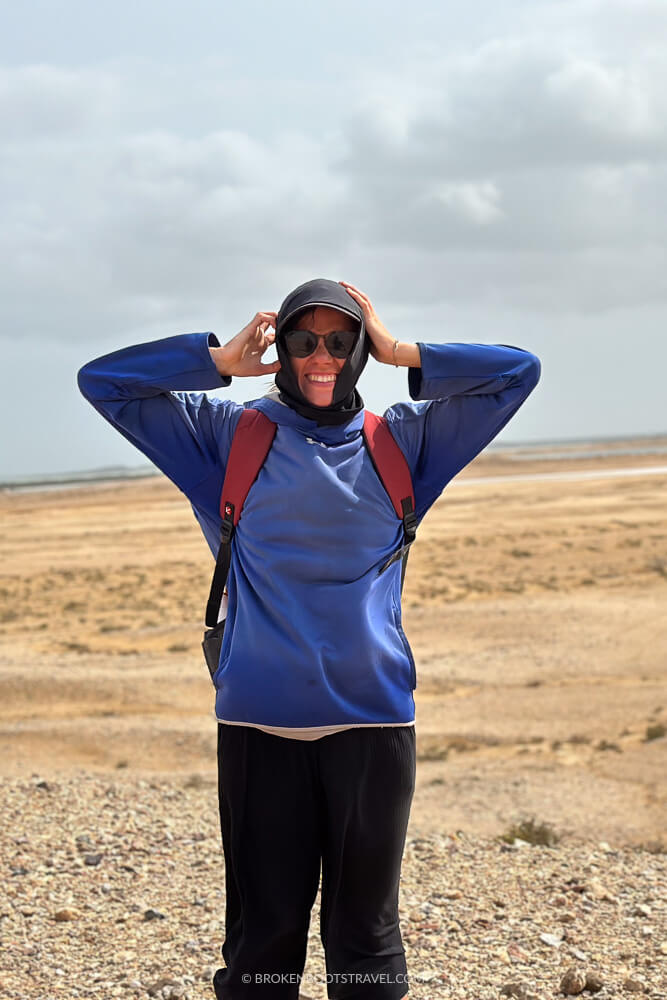
I visited La Guajira independently in April of 2024. Part of my choice to visit independently was that I was working on my 32 Departments of Colombia project, and wanted to have the opportunity to take my time in places and connect with local people.
I wrote an extensive guide to my independent visit, which I encourage you to read if you’re considering doing it on your own. However, after spending a week traveling through different sites in the region, all without guided tours, here is my biggest takeaway.
Visiting the La Guajira desert independently is only worth it if you want complete flexibility, or are on an extremely tight budget.
My overall savings traveling independently vs a guided tour were minimal, though I was able to slow travel and spend more time in each place. I also had to actively make an effort to ask people questions about the culture, whereas traveling with a guided tour comes with the added bonus of an expert who can not only explain cultural norms, but help you navigate them.
All this said, it is ultimately your call whether you prefer to travel independently or with a guide. Please remember, whenever you travel independently, to come prepared and do proper research beforehand to ensure you understand the area you are visiting.
The Best Time to Visit La Guajira
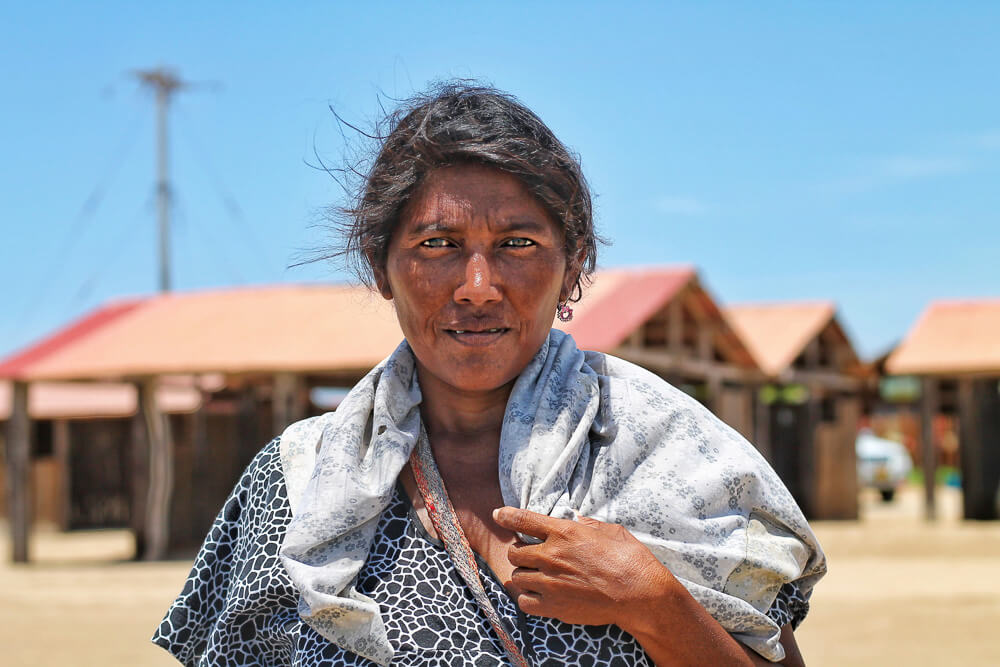
La Guajira is hot year round. Like a blazing, no shade in sight, reapplying your sunscreen every 30 minutes kind of hot.
However, heat aside, there are still preferred months to travel if you are able. December through April is the dry season, meaning travel plans are less likely to change. While rain is rare all year in La Guajira, a little bit can drastically change the landscape and roads, so it can throw a wrench in travel plans if a road is impassable due to rain.
High season, when most tourists visit the area, are in December during holidays, as well as Holy Week in March/April. You will likely find inflated prices during these seasons as well as larger crowds.
Should You Visit La Guajira?
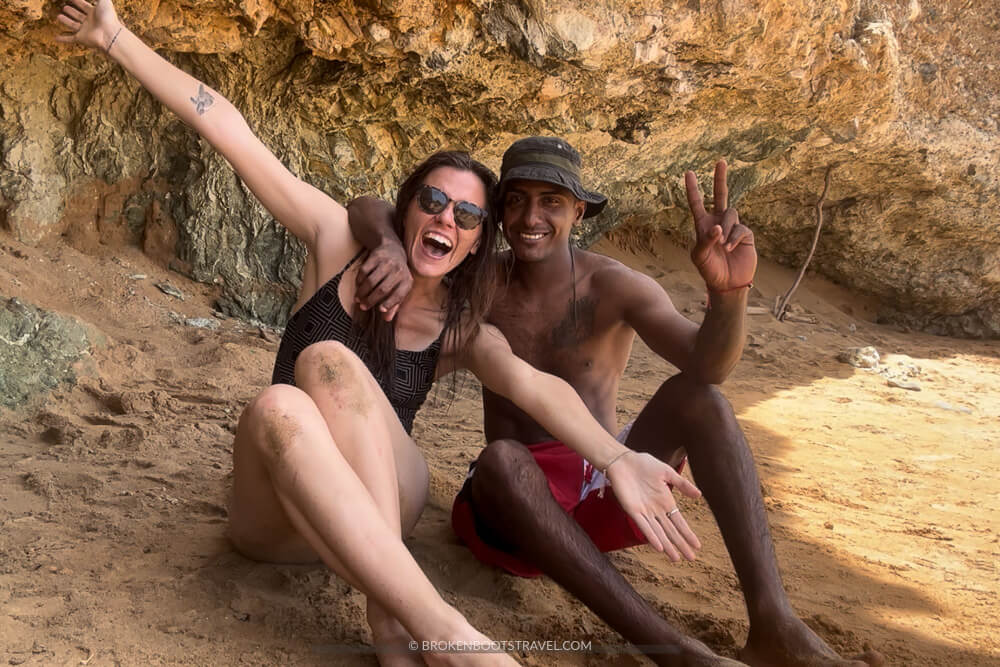
Yes, yes, and I’ll say it again – YES! I believe the desert of La Guajira is truly a hidden gem along Colombia’s Caribbean coast, still untouched by the ever growing gringo trail and one of the most extraordinary cultures in the country.
As I’ve said before, La Guajira is not for the faint of heart, but if you’re an adventure lover or seeking something a little outside your comfort zone, I think it is one of the best places you can explore. It’s a hub of history, culture, and natural beauty – need I say more?
Continue Your Trip
After my solo trip to La Guajira, I continued onwards to the department of Cesar to visit the Vallenato Festival, one of the most extraordinary celebrations in the region!
sBut there’s a lot more to see along the Caribbean coast of Colombia, from the colorful colonial city of Cartagena to the tropical islands of San Andres and Providencia. Whether you’re looking to spend some time city exploring, beach hopping, or coffee-drinking, I’ve written itineraries for adventures all over the country — from the coffee region to Colombia’s major cities.
Curious to learn more about Colombian culture? Check out my 32 Departments of Colombia project, exploring everything from Carnival in Barranquilla to bullfighting in Sucre. Colombia is a country rich in history, art, and celebrations, and I’m on a mission to explore as much as I can!
Have a question about visiting La Guajira or elsewhere in Colombia? Leave me a comment below and let’s chat!
What to Pack for Colombia
Planning a trip to Colombia? Consider adding some of these essentials to your suitcase for a truly epic trip!
💧 Filtered Water Bottle – Save on the single-use plastic and protect from parasites!
🧥 Heavy-Duty Rain Jacket – For the ever-changing Colombian weather!
🎒 Anti-theft Backpack – Perfect for exploring big cities or trekking in the jungle
🧖♀️ Microfiber Travel Towel – A go-to travel essential anywhere in the world!
🔌 Portable Charger – Keep your phone charged out on the go
🔐 Mini Padlock – Perfect for securing your backpack or locking up your items at the hotel
🔋 Universal Travel Adapter – Charge all your devices anywhere in the world!
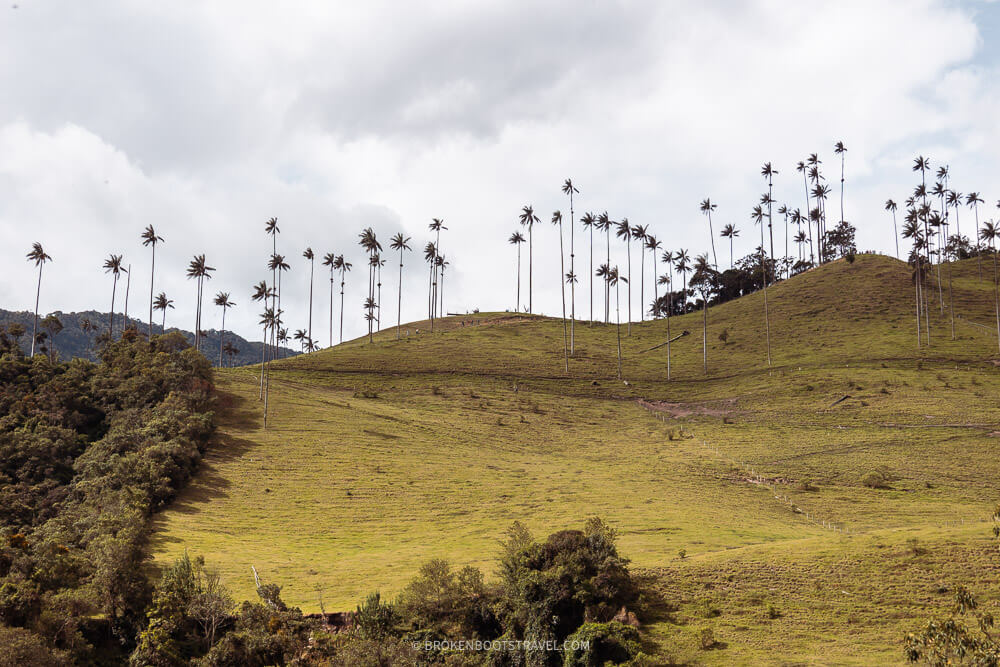
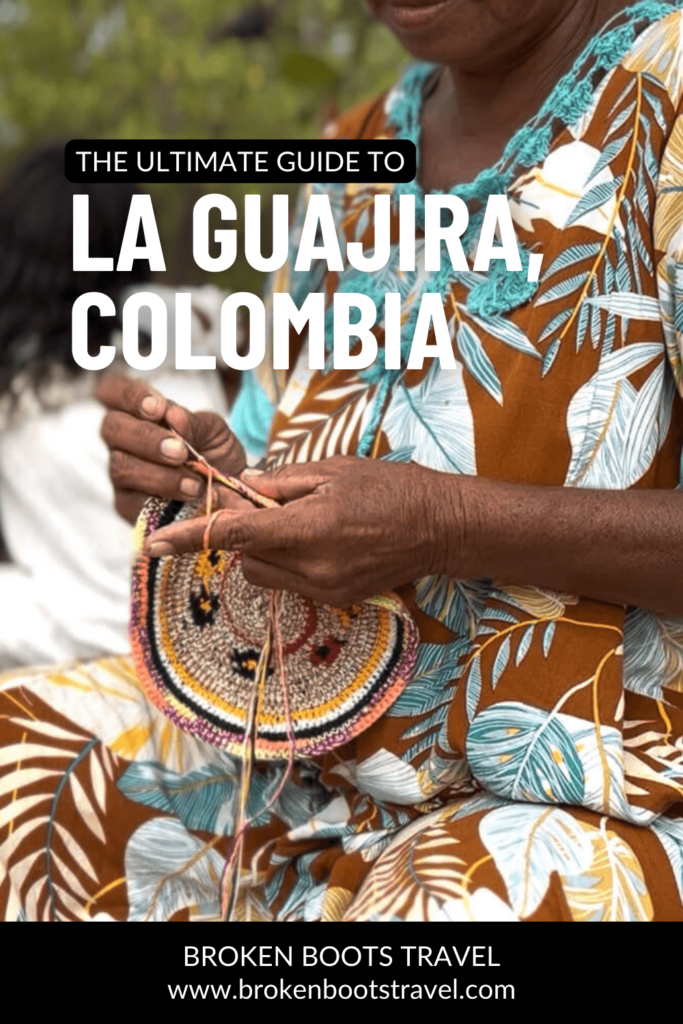
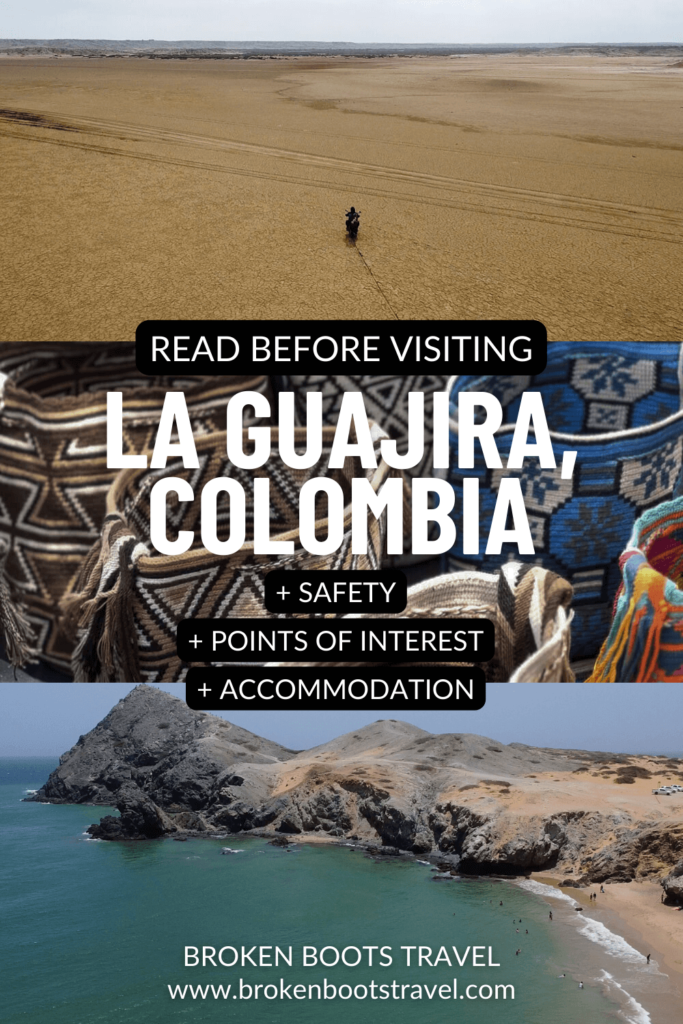
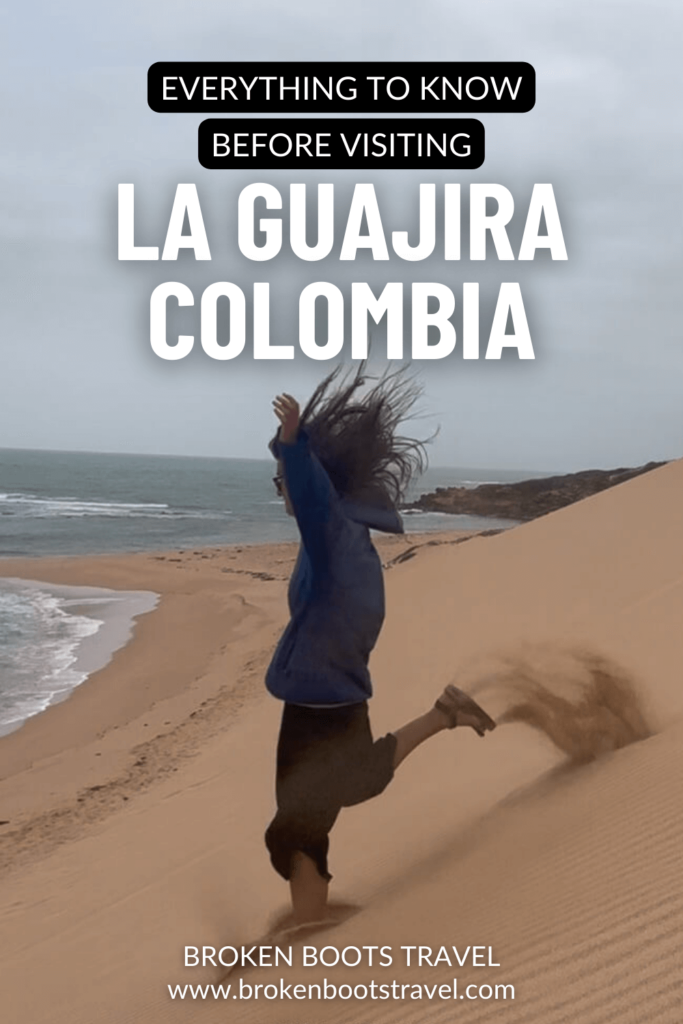
Love stories? Subscribe to my newsletter to get my latest updates delivered straight to your inbox every month. One email a month + no spam? Sign me up!
Virginia Taylor (Ginna) is a travel writer and photographer exploring the world until her boots wear through. She’s currently on a mission to explore all 32 departments of Colombia, though she formerly called the Middle East home. Want to know more? Visit the About Page.
Pingback: How I Visited La Guajira Without a Tour - My Experience + Costs